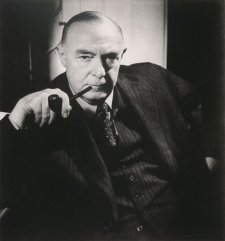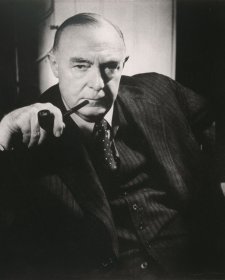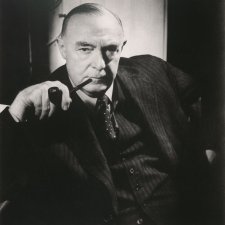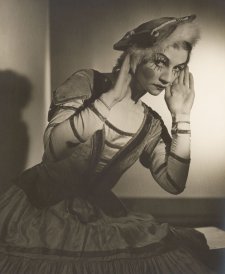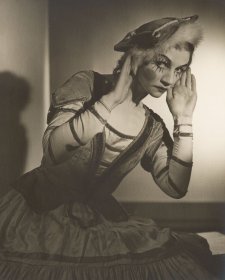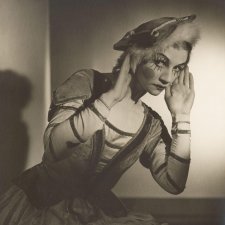The true photographers are not interested in equipment as such, they’re interested in what it will do and this is the important thing – through the man, of course, not just automatic equipment that will take of its own volition. It has to be manipulated.
Out of this great conglomeration of photo machinery, I have selected a few cameras which I try to keep to a minimum. My favourite camera is the Linhof, it’s a 5 x 4 format, and I come back to this thing time and time and time again. We use a Hasselblad also for quick work, particularly for portrait work, and also a 35 mm camera. You can do an awful lot of work with those three cameras, and I try and keep it in that simple form.
The same applies to film and print paper. For black and white work, we use one line of Kodak film, and our print paper all comes from Ilford which we consider the best available here.
Now, for colour work, which is supposed to be the up-and-coming thing but I doubt it very much – I’m essentially a black and white man but we do a lot of colour work because we have to – but until colour becomes a very much more controllable operation, I think black and white will still be, or will remain the intrinsic, inherent photographic medium. If you go to an exhibition of colour photography by a dozen photographers, it’s very, very hard to find out who’s done what, they all look exactly alike, because the operation is essentially a mechanical one and the personal ingredient is minimised.
